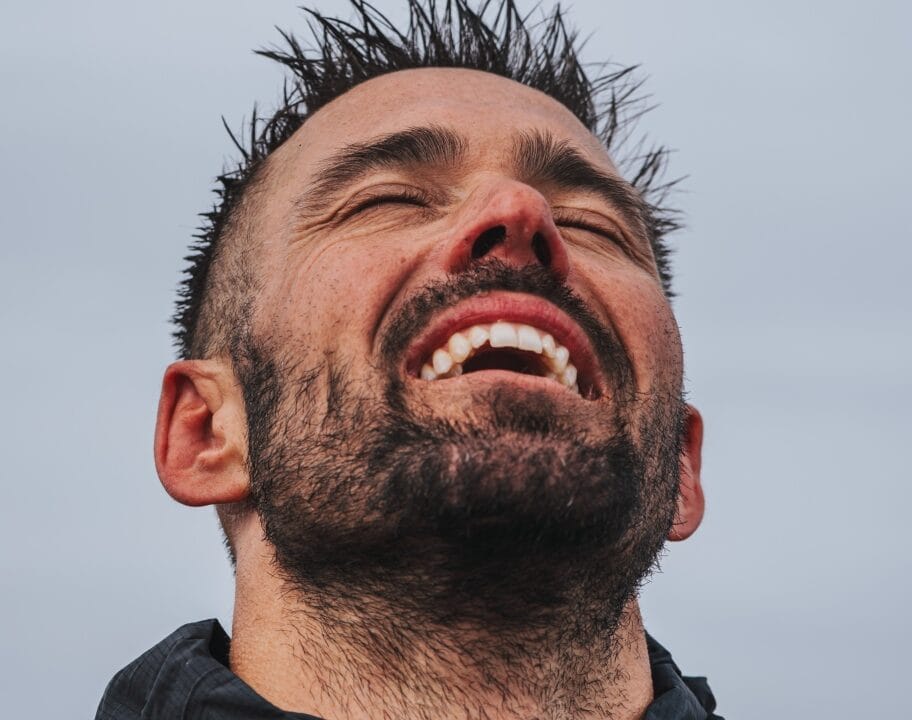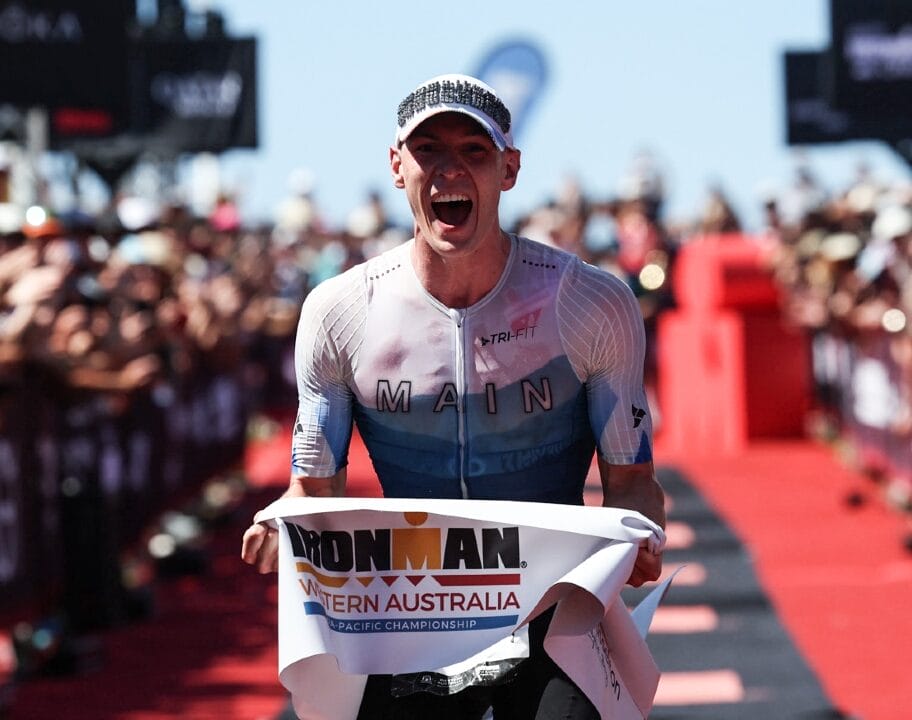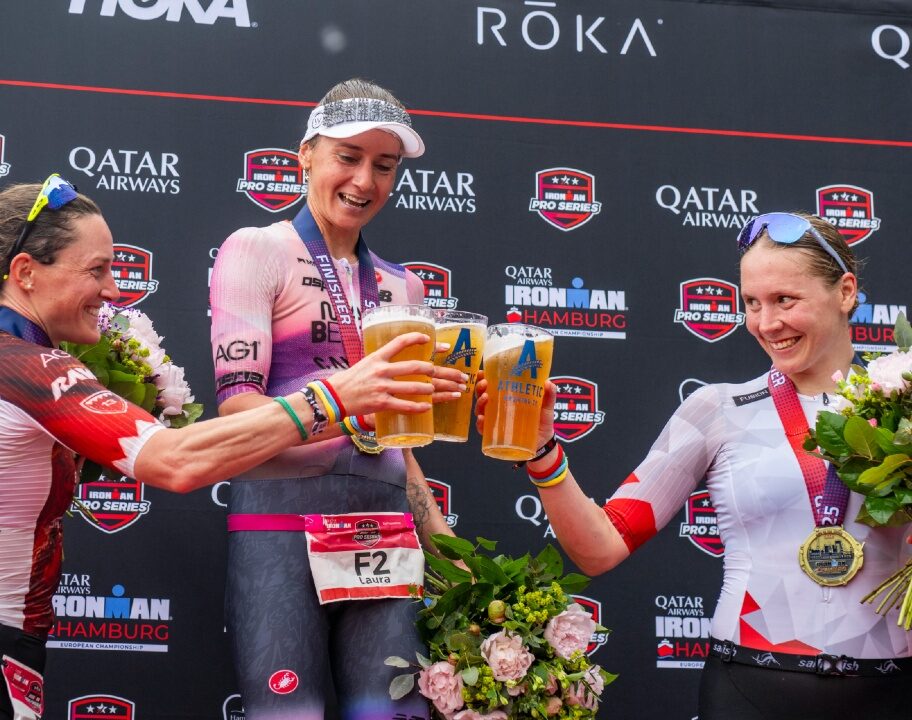With the last PRO races of this year having taken place, now is the ideal time to round up a number of World Triathlon rule changes which will come into force in the New Year.
The new guidelines have been approved by the World Triathlon Executive Board and will be put in place from 1 January 2023.
Here are some of the standout ones…
Following PTO lead on maternity
Their new maternity policy will freeze the rankings of athletes in terms of competition entries from the moment they announce their pregnancy until the child is two years old, to facilitate their return to competition. The rule also applies to female athletes that suffer a miscarriage after their 20th week of pregnancy.
The PTO has led the way with their paid maternity policy which fixes an athlete’s ranking and gives them financial support.
And this year saw Chelsea Sodaro make the headlines with her outstanding performance to win the IRONMAN World Championship crown in Kona, 18 months after the birth of her first child.
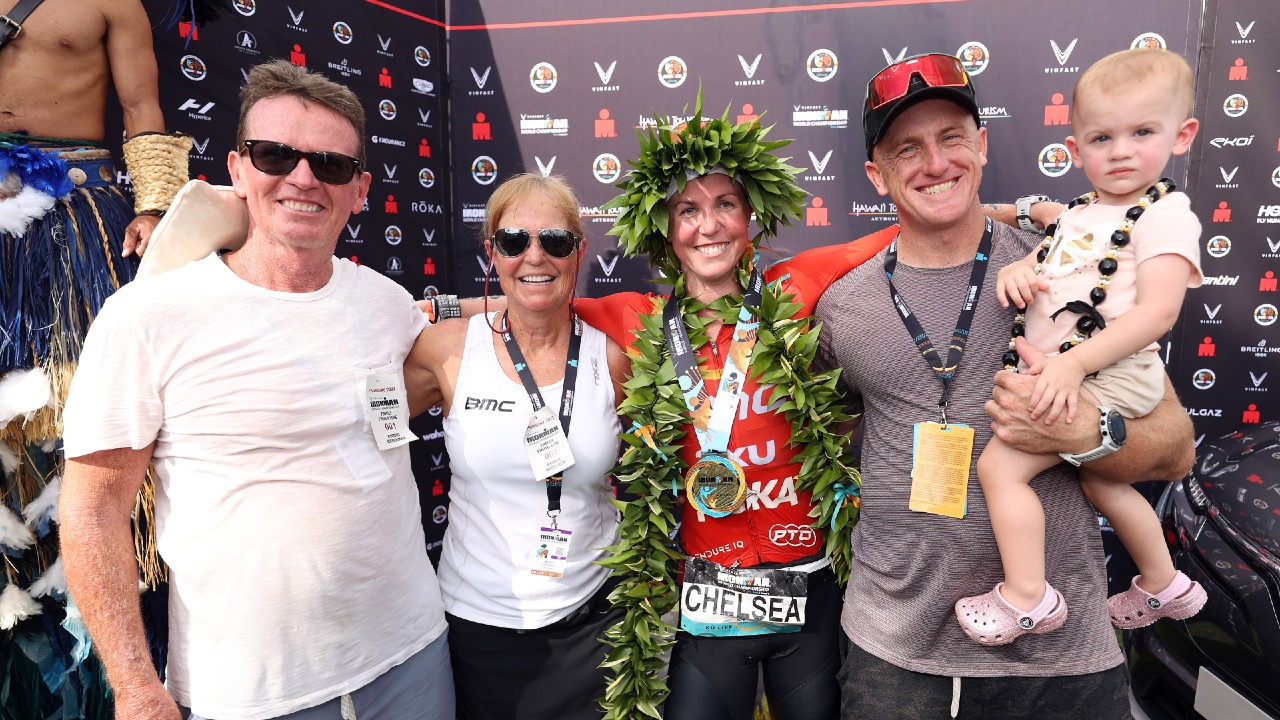
She said afterwards: When I found out about the policy, it actually made me quite emotional. Because it’s 2022 but we still have so far to go in the way that we support women [in sport].
“But this initiative says the PTO cares about women, it cares about female athletes, it cares about keeping us in the sport and seeing us through all the phases of our athletic career.”
Shoe rules come into line with World Athletics
There are new regulations around running shoes which means that from 1 January, World Triathlon will follow the rules implemented by World Athletics that include the use of customised shoes and prototype designs and establishing control of the use of such shoes.
Gustav Iden’s prototype ON shoes at Kona attracted plenty of attention but were perfectly legal at the time but presuming IRONMAN implement the World Triathlon guidelines, they wouldn’t be next year.

When it comes to the swimming leg, the new guidelines establish clear rules for the use of swimskins, allow the use of electronical devices under certain conditions and forbids the use of extra-buoyant clothing.
Penalty drama
And another big talking point this year was the penalty given to Hayden Wilde at the Commonwealth Games which effectively cost him any chance of challenging Alex Yee for the gold medal.
The Kiwi picked up a hotly-debated 10-second time penalty for unclipping his bike helmet too early in T2, served it late on the run but unsuccessfully tried to appeal it.
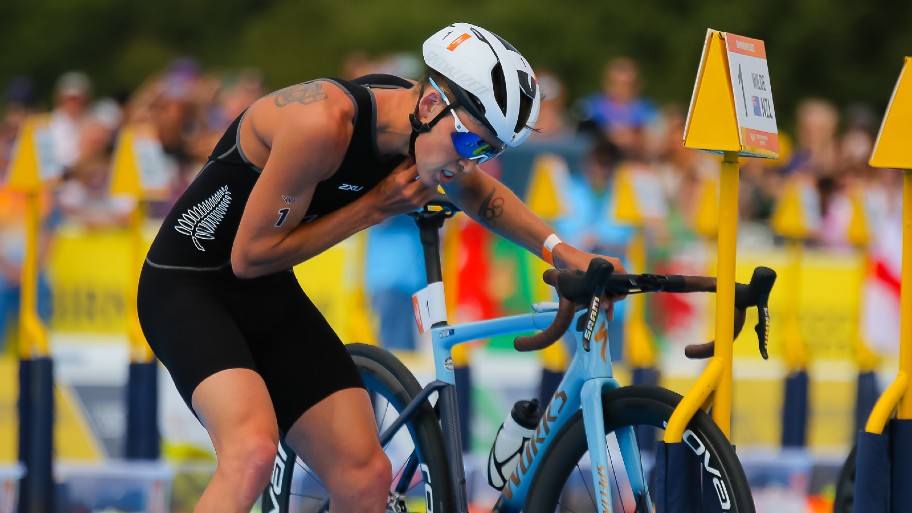
Touching the helmet locking mechanism will now be forbidden before the bike is racked but potentially more significant are the details on how an athlete can protest a penalty.
In a nutshell, if an athlete disagrees with the penalty received and does not stop at the penalty box, they will be disqualified but may protest the original penalty. The Competition Jury will then study the case with two possible outcomes: removing the penalty (and include the athlete in the results with the recorded time) or confirmation of the DSQ.
If the athlete stops in the penalty box, the penalty is considered accepted, and no protest will be permitted afterwards.
Click here for the 205-page document which sets out all the rule changes in full.







